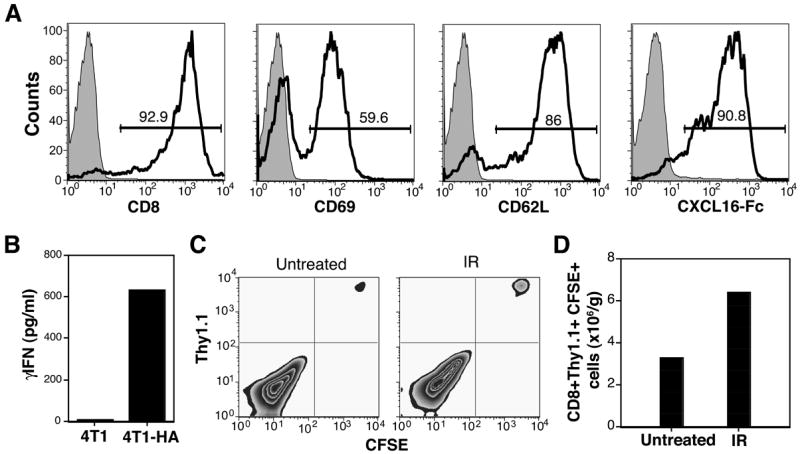Figure 1. Irradiation of 4T1 tumors enhances recruitment of adoptively transferred tumor-specific CD8 T cells.

WT mice were injected with 4T1-HA cells. Local IR or mock treatment (Untreated) was delivered to the tumors in two 12 Gy fractions at 24 h interval. 48 h after last IR mice received adoptive transfer of CFSE-labeled in vitro activated CL4 T cells. (A) Phenotype of activated CL4 T cells. Shaded histograms are cells stained with control antibody. Numbers indicate the percentage of cells in the gate. (B) Activated CL4 T cells produced IFNγ in response to 4T1-HA ut not parental 4T1 cells. (C, D) Tumors were harvested 24 h after adoptive transfer, and obtained single cell suspensions stained with PE-Cy5-anti-CD8 and PE-anti-Thy1.1 mAbs to identify the transferred T cells. (C) T cells recovered from the tumors did not proliferate within this time as indicated by lack of CFSE dilution. (D) Recruitment of T cells to tumors was enhanced by radiation. Data are from 4 mice of each group. Errors bars are absent because pooling of tumors within each group was necessary to count the CD8 T cells. Results are representative of two experiments.
